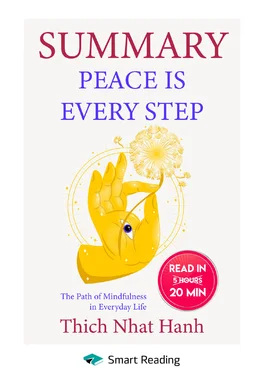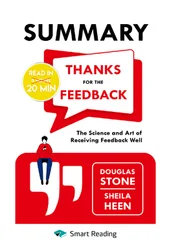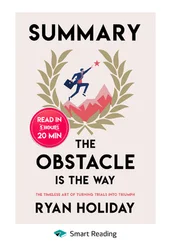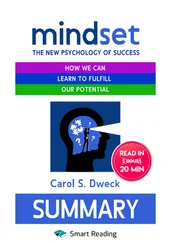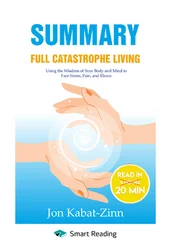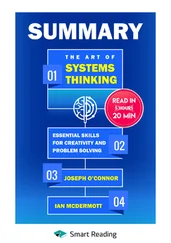Summary: Peace Is Every Step. The Path of Mindfulness in Everyday Life. Thich Nhat Hanh
Автор:
Thich Nhat Hanh
Оригинальное название:
Peace Is Every Step. The Path of Mindfulness in Everyday Life
www.smartreading.ru
90 Thousand Moments of Joy
Every day, when we open our eyes after our slumber, we receive the gift of 1,440 minutes of a new day. Almost 90,000 brand new moments, each of which can become a spark of joy. You do not have to walk or travel far to feel joy. Right now, you can feel it by breathing deeply, tasting food, absorbing sunlight, walking on soft ground, or listening to birds singing outside your window. The key is to understand that THIS moment is all you have, it is your only reality, and it contains everything you need to live.
However, we are much better at preparing for life than living it. We study at university, expecting a successful career, only to become disappointed in it. We save money, and then come to understand that money in the bank did not bring happiness. We long for summer in winter, and for the weekend on Monday. But while we are this waiting stage, we do not live.
This book is a reminder:
▶life is what is happening right now;
▶happiness is only possible now;
▶life is happiness.
The basis of happiness is attention to the world. Mediation develops our ability to become more attentive to the joys of life. It is important to make meditation a part of your everyday life.And, there is nothing difficult about it at all.
1. A smile is your first chance for joy.When smiling at something, we realize and acknowledge the joy of the world available to us at this moment. Anything can be a reason for a smile: kind words, a delicious breakfast, or a ray of sunshine pouring through the window. Have you noticed that you smile too rarely? Create a smile reminder for yourself and arrange it so that you see the reminder as soon as you wake up. It can be a simple drawing or a piece of paper with some kind words.When you open your eyes and see the reminder, you will immediately remember the first reason for joy. And after a while, smiling will become a habit.
2. Breathing is your second chance for joy.It is the source of life to which we turn almost every moment. Every day we inhale and exhale 20 thousand times, our lungs pass 12,500 liters of air through their cavities, a process that goes absolutely unnoticed. Meanwhile, we cannot hold out without air for a couple of minutes. Once we fall ill even with a slight cold, we immediately feel how much we need breathing. Why wait for an illness if you can feel the joy of breathing right now?
Breathe mindfully: feel each inhalation and exhalation fully. Here is a most simple exercise: as you breathe in, mentally say to yourself, "I am aware that I am inhaling"; as you breathe out, say, "I am aware that I am exhaling."You do not have to pronounce these phrases in full but can shorten them to the words "inhale" and "exhale".
Breathing connects your body and soul. As you focus on your breath, you begin to feel how your mind is calming down. Thich Nhat Hanh practices mindful breathing every day. In his house, he wrote on the wall, "Breathe: you are alive!" Mindful breathing is the foundation of his technique.
Focusing on breathing is the easiest way to immerse yourself into the present moment. While focusing on each inhalation and exhalation, you cannot fall back into the past or become absorbed in worries about the future. You can breathe and be aware of the fullness of your breath only here and now. You stop thinking, which is a relief, because "thinking" in the ordinary sense can be an endless annoying radio in your head that broadcasts nothing but worries.You can reinforce this beautiful "thoughtless" feeling by repeating to yourself, "I am breathing, I am calming down, I am smiling, and this moment is beautiful."
The sound of a temple bell reminds Buddhists about the need to feel and be in the present. When they hear it, monks always pause and focus on their mindful breathing. You can choose any sound that will bring you back from the world of restless thoughts to reality: the singing of birds, car horn honking outside the window, or even the cry of your cat signifying that it is glad to see you!
You can focus on your breathing anywhere and anytime: at home, on your way anywhere, or in the office. You also can do it in any position: while walking, laying, standing, or sitting. However, the sitting position is recognized as the most balanced. Buddhist monks meditate in the lotus position. The important thing is that your body should be comfortable and not a single unpleasant sensation should prevent you from concentrating on inhaling and exhaling.
Our homes have rooms for sleeping and eating, but why is there no space for mindful breathing? Look for an opportunity to set aside space in your home for solitude and breathing practices. Such a space should be for all family members: if your child or spouse unexpectedly got into the breathing room alone, this is a sign that he or she wants peace.
3. Having an attentive attitude toward food.Food is a way to feel a connection with the sun and the earth, which is where it all began. It is also a way to feel connected to those with whom you share your meal. When preparing for it, practice mindful breathing (three mindful inhales and exhales are enough). Take this opportunity to smile at your companions.Realize the value of the food in front of you. Remember, millions of starving people around the world do not have access to food. Feel compassion for these people. Do not let empty talk accompany your meal; it only facilitates the lack of connection. Sometimes it is better to remain silent while eating.
Does washing dishes after dinner seem too boring of an exercise? The fact is, it can turn into meditation session if you give into the process entirely. While lathering dishes, be aware of every movement of your hands, pay attention to the stream of water flowing down the plate, feel the warmth… If you rush through the washing of dirty dishes, and quickly move on to another activity, you'll be depriving yourself of a pleasant experience. The next activity is unlikely to bring joy for the same reason: because you continue to rush through it all. Do not speed off into the future, live the present moment to its full extent.
Конец ознакомительного фрагмента.
Текст предоставлен ООО «ЛитРес».
Прочитайте эту книгу целиком, купив полную легальную версию на ЛитРес.
Безопасно оплатить книгу можно банковской картой Visa, MasterCard, Maestro, со счета мобильного телефона, с платежного терминала, в салоне МТС или Связной, через PayPal, WebMoney, Яндекс.Деньги, QIWI Кошелек, бонусными картами или другим удобным Вам способом.
